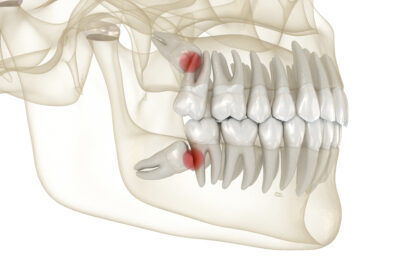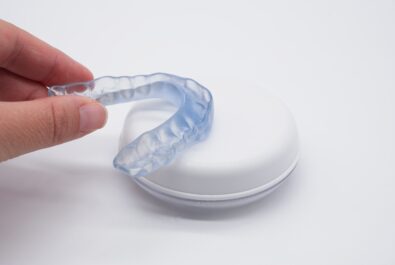Wisdom teeth, or third molars, typically erupt in our late teens and early twenties. However, your dentist usually monitors them for years prior to determine when they should be removed. How are wisdom teeth detected? Typically, your dentist will recommend that you get an x-ray of your mouth every year or so. Through these x-rays, they’re able to detect many conditions that they cannot see with the naked eye. Wisdom teeth are just one of the several things your dentist may monitor through x-rays. If they are coming in misaligned or become impacted, you may have to get these teeth extracted.
What Is Tooth Extraction?
Your dentist may recommend removing your wisdom tooth if they think it could negatively affect your surrounding teeth. They also may recommend tooth extraction for other adult teeth (ones that are not your wisdom teeth) if they are infected or decayed and could harm your other teeth.
What Problems Can Third Molars Cause?
One of the main issues the incoming of these teeth causes is crowding amongst your other teeth. If there isn’t enough room for them, your tooth may push your other teeth forward in order to make enough room. This typically crowds your teeth and misaligns your bite. With a misaligned bite, you could experience further problems like teeth grinding or TMJ disorder.
If your wisdom tooth (or teeth) becomes impacted – stuck between your gum tissue and jaw bone – you could be risking infection and it can be very painful.
Tooth Extraction
The procedure is fairly simple, usually only requiring minimal anesthesia and typically performed right in your dentist’s office!
Depending on your condition and your teeth, your dentist will recommend certain foods to avoid and how to treat your mouth for the following weeks. They may also prescribe some pain medications or advise that you keep ice/cold packs on your cheeks to help with swelling and inflammation.














